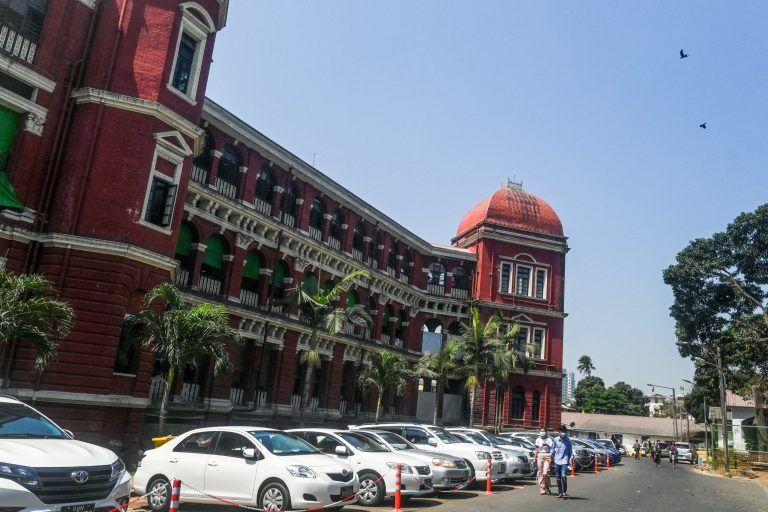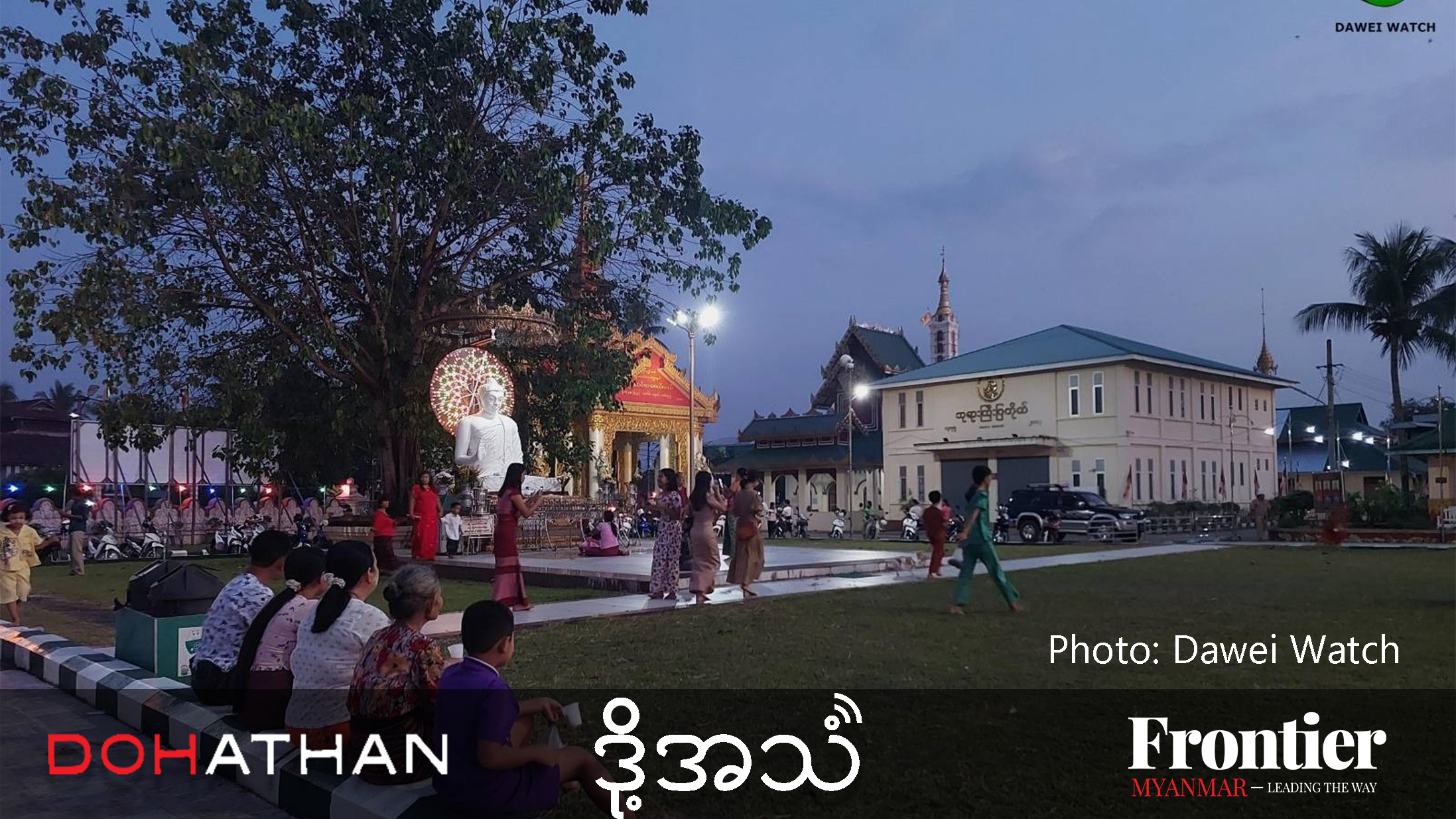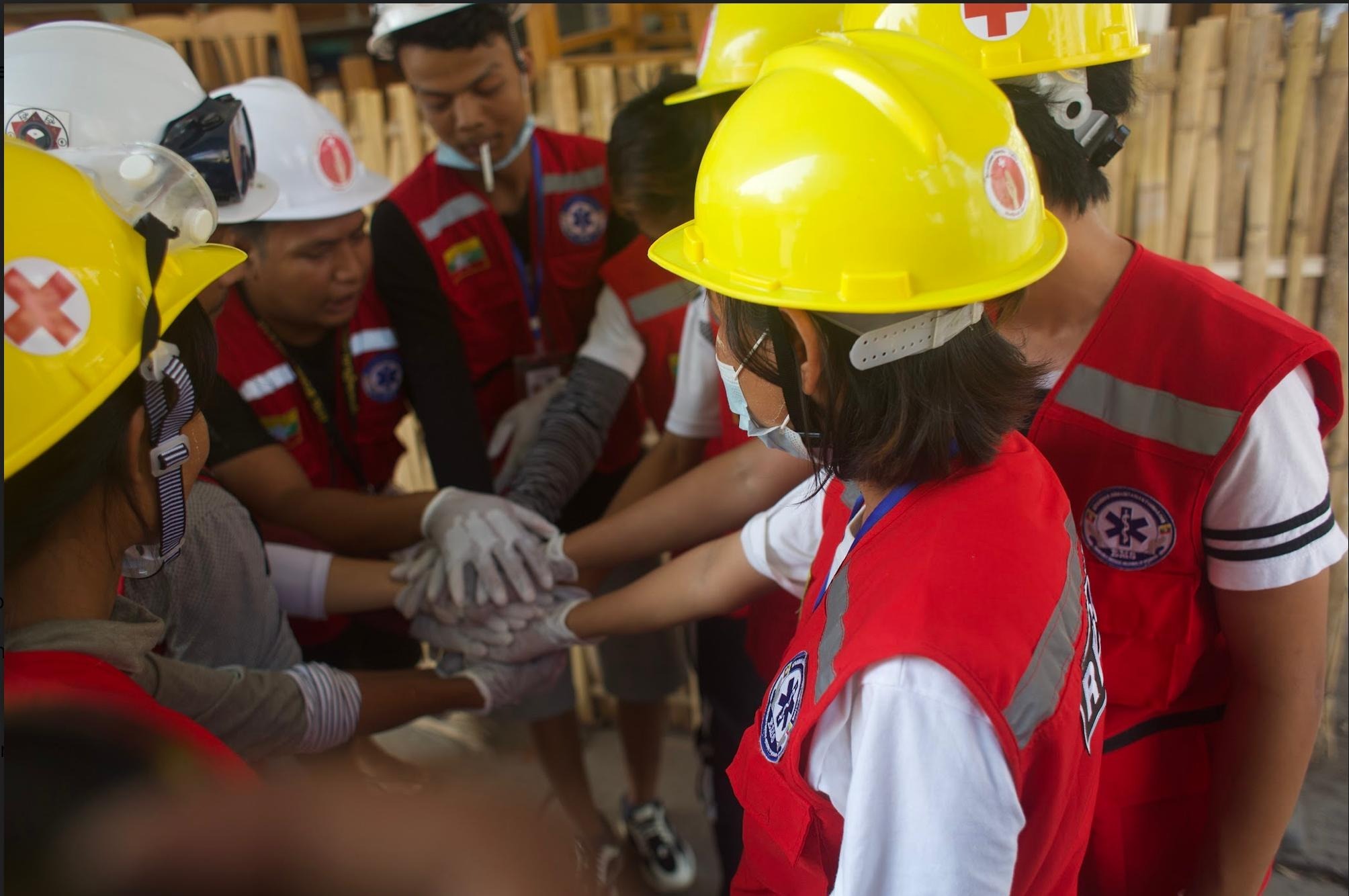By KYAW PHONE KYAW | FRONTIER
YANGON — Experts have called for a ban on the use of asbestos, a mineral that is found in building materials and known to cause a range of fatal lung diseases, including cancer. They also say regulations are need to ensure it is handled correctly where present in existing buildings.
Asbestos was widely used in the construction sector in Myanmar until the 1990s, particularly in government buildings, and mining stopped only in around 2004. But while many countries have banned its use in recent decades, asbestos is still imported.
Mr Ken Takahashi, a professor at the University of Occupational and Environmental Health (UOEH) in Kitakyushu City of Japan, said that a lack of records made it difficult to assess the scale of the problem.
He said Myanmar should introduce a complete ban on the use of asbestos.
Support more independent journalism like this. Sign up to be a Frontier member.
“It is a worrisome case for the health of the whole country and individuals as [asbestos] is hidden. We can’t know how much people are being harmed or affected,” Takahashi said.
He was speaking at a November 18 workshop in Yangon that was jointly organised by the Myanmar Engineering Society and World Monuments Fund.
WMF program director Mr Jeff Allan said his group got the idea for the workshop when they conducted a preliminary assessment on the First Baptist Church in Mawlamyine, Mon State, ahead of planned renovations. The church was established by American missionary Adoniram Judson in 1827, but was rebuilt in the 1920s. The assessment found that a later renovation had used building materials containing asbestos.
“We found out the roof of this building [contains] asbestos and so we [wanted] to raise awareness about it,” Allan said.
As well as roofing materials, asbestos is also commonly found in ceilings, walls and electrical wiring due to its price and properties, including heat resistance and sound absorption.
While many countries have banned products containing asbestos, it is still used in many countries and according to World Health Organization estimates 107,000 people die each year from asbestos-related lung cancer, mesothelioma and asbestosis as a result of exposure at work.
Takahashi said that asbestos was only marginally cheaper than products with similar properties.
Ko Wai Yar Aung, a masters student for engineering, told the workshop that he knew of several government buildings where asbestos materials had been used, including Phu Gyi Dam and City Hall.
Another attendee, Yangon-based architect U Aung Soe Myint, said he hoped that the warnings about asbestos prompted a government response but at the same did not cause public alarm.
“This problem needs to be solved through a systematic solution,” he said.






